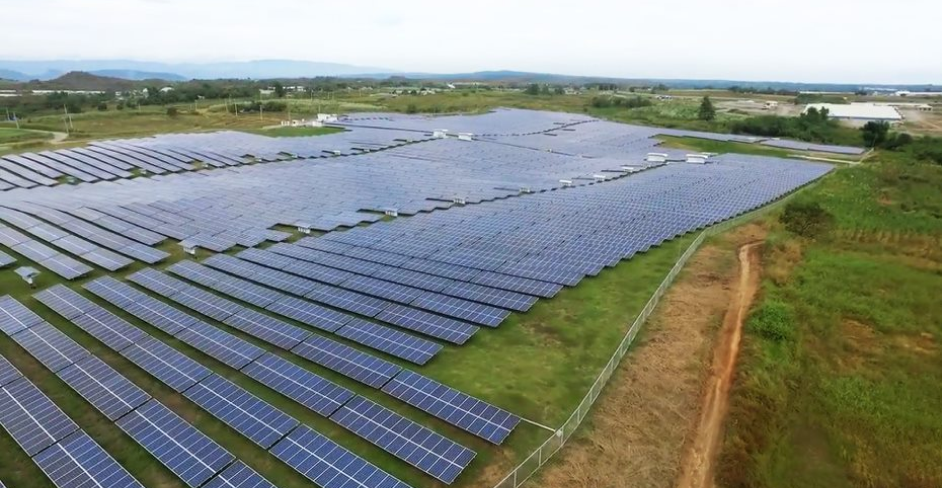
Citicore Solar Tarlac 1 in Tarlac City. (Source: Citicore)
The Philippines government has clear policies for attracting investment in renewable energy, with a current prospective utility scale of 99 GW in wind and solar projects. However, the Philippines will need to overcome a series of challenges in its future energy transition to have the opportunity to surpass neighboring countries and become the leader in renewable energy in Southeast Asia.
Philippines targets one-third green energy by 2030
Since the Philippines opened up to foreign investment and ownership in renewable energy projects, the local green energy infrastructure has rapidly developed. The potential capacity for wind and solar investment has reached 99 GW, surpassing Vietnam's 86 GW and being five times that of Indonesia.
At the Clean Energy Forum held in Manila this May, Terje Pilskog, CEO of Norwegian renewable energy developer Scatec ASA, expressed optimism about the Philippines' prospects, and stated, "We see lots of opportunities to continue to grow."
Meanwhile, Japanese industrial machinery manufacturer Advantec, Singapore-based Vena Energy, and local energy companies such as Citicore Renewable Energy Corporation and SP New Energy Corporation are all optimistic about the Philippines’ ambitious renewables.
Despite only 3% of renewable energy projects currently being under construction, the Philippine government has announced a target to increase the share of renewable energy generation from the current one-fifth to more than one-third by 2030.
Green policies attract investment
Further observation reveals that the Philippines has attracted significant domestic and foreign investment through relaxed investment restrictions and favorable green policies. According to BloombergNEF, the Philippine government recently released the offshore wind development strategy, offering tariff and tax incentives, and allowing 100% foreign ownership of renewable energy projects. As a result, renewable energy investments increased by 41% in 2022, reaching USD 1.3 billion.
Additionally, the Philippines has required power suppliers to increase their renewable energy share annually from 1% to 2.52% starting in 2023, greatly encouraging more renewable energy construction.
The Philippines also broadened renewable energy policies, which allow private companies to engage in the generation and trading of electricity. This approach contrasts with other Southeast Asian countries, where the power market is dominated by state-owned enterprises. Ramesh Subramaniam, director-general of the Asian Development Bank (ADB), believes that "the policy certainty in the Philippines has helped the country “leapfrog” over regional peers."
Grid expansion needed for Philippines' energy goals
However, to accelerate its energy transition, the Philippines must overcome a series of challenges, including extending the transmission grid to supply over 7,000 islands, expanding grid capacity and storage system, and streamlining land use permit processes.
According to energy consultancy Wood Mackenzie, renewable energy investment will increase in most regions over the next five years, with the Philippines and Malaysia leading the growth, while the current frontrunner, Vietnam, is expected to decline.
Ramnath Iyer, research lead for sustainable finance in Asia at the Institute for Energy Economics and Financial Analysis (IEEFA), warned that if not executed properly, renewable energy projects could face delays. He also emphasized that the government needs to ensure the country's grid capacity is sufficient to receive and transmit the generated electricity.
Source: BLOOMBERG





